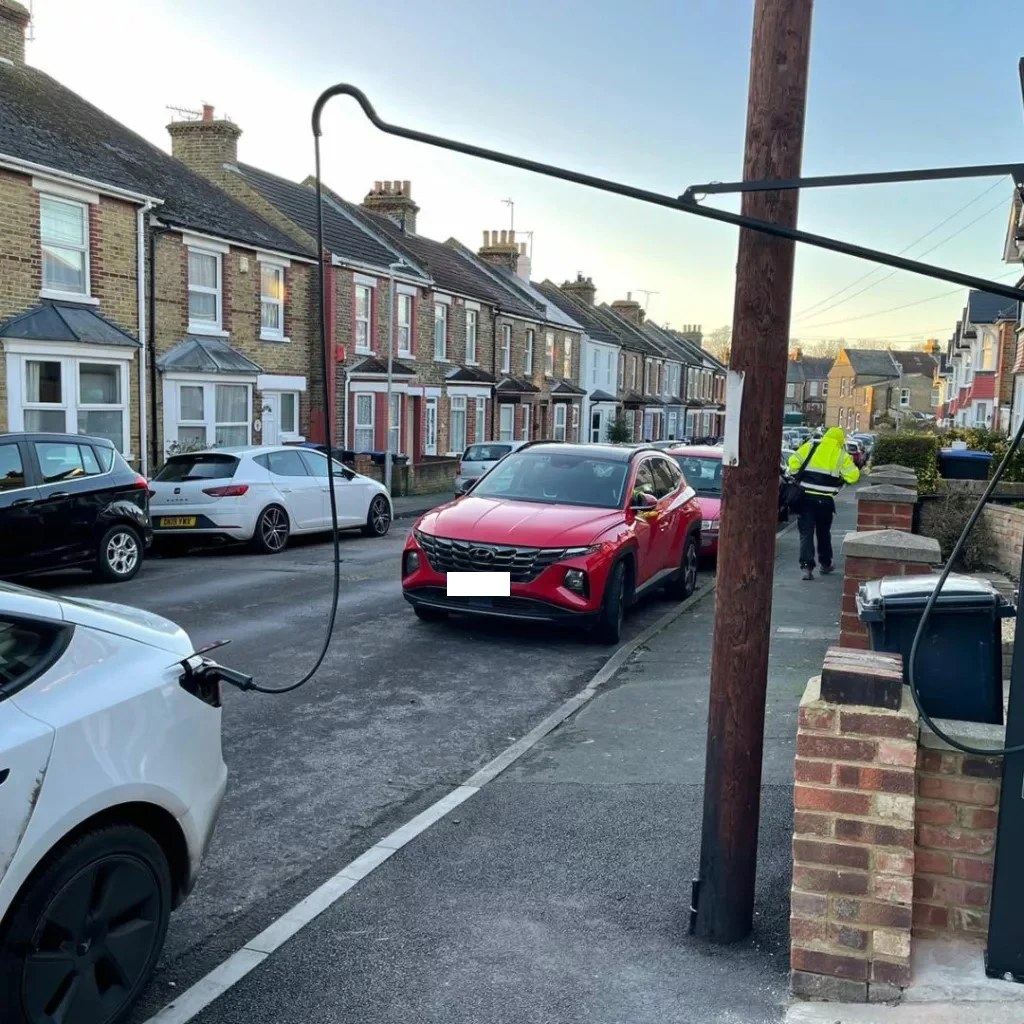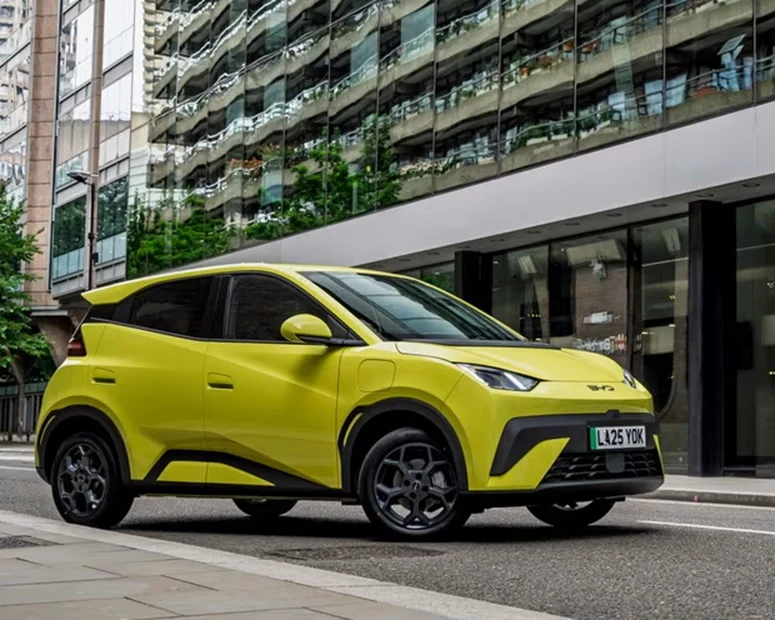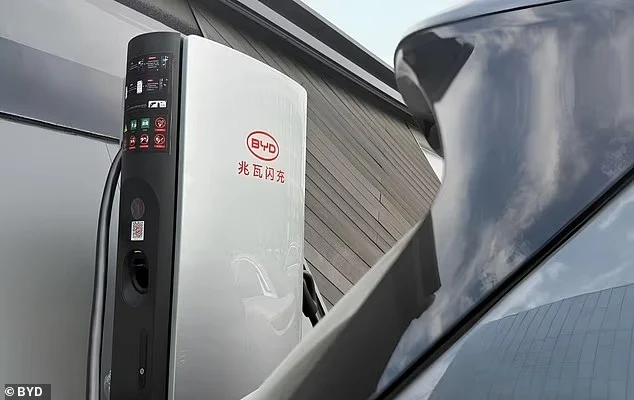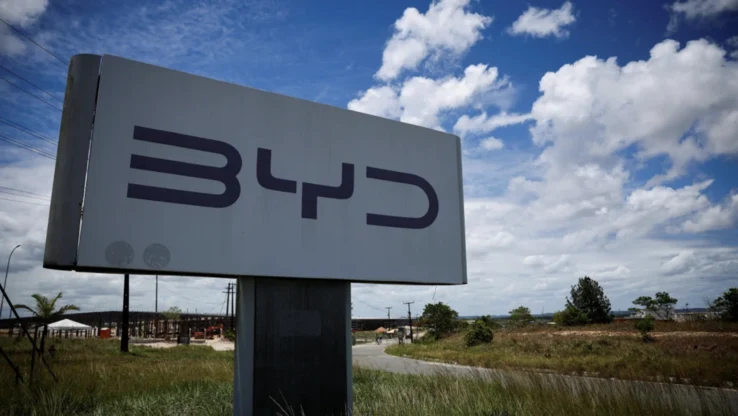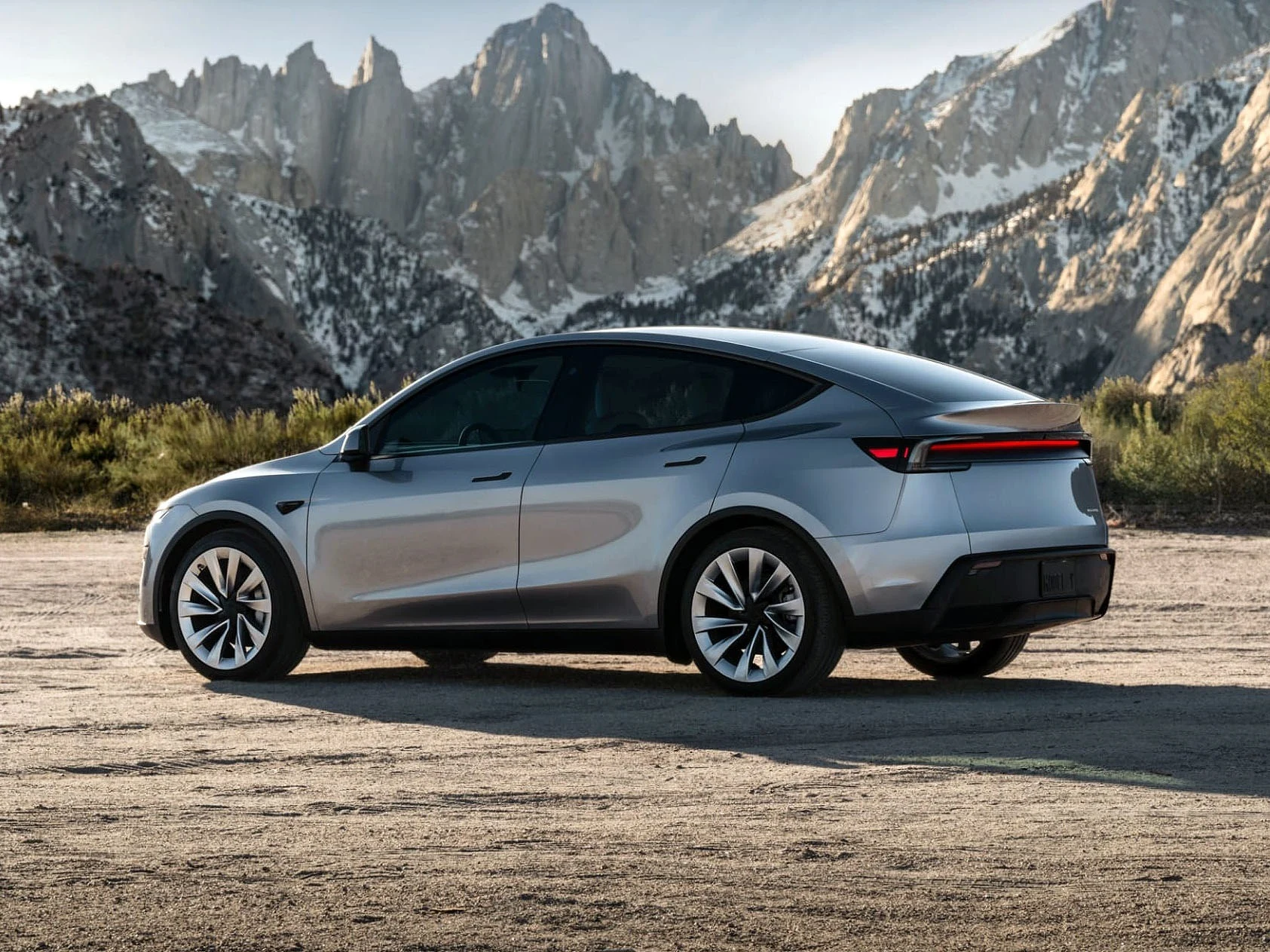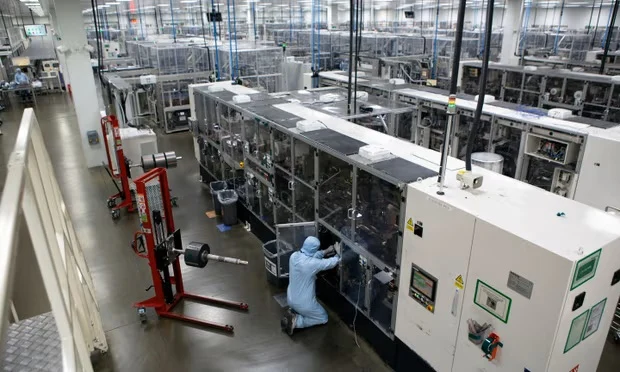Key Takeaways
1. The UK government plans to install over 100,000 street chargers for electric vehicles to support those without off-street parking.
2. Up to £4 billion will be allocated to promote electric car usage, doubling the current number of public chargers.
3. The initiative will leverage £381 million in Local Electric Vehicle Infrastructure funding to attract up to £6 billion in private investments by 2030.
4. A charge point will be installed every 29 minutes as part of the commitment to improve charging infrastructure in England.
5. The UK is also investing £500 million to develop hydrogen energy infrastructure for hydrogen-powered vehicles.
One group of people who feel hesitant about moving to electric vehicles are those without off-street parking. They can’t put in home chargers, which makes the switch feel more difficult. However, the government is making a significant effort in England by planning to install over 100,000 street chargers for electric vehicles (EVs).
Government Investment
Lilian Greenwood, the minister for the Future of Roads, has announced that up to £4 billion will be allocated to encourage the use of electric cars. This funding will more than double the current 80,000 public chargers available for EV users, enabling those without driveways to charge their vehicles “at home” on street.
Funding from Multiple Sources
Taxpayers won’t bear the full cost of this initiative. The plan in England includes using Local Electric Vehicle Infrastructure (LEVI) funding, which is £381 million, to draw in “significant private investments” of as much as £6 billion by the year 2030.
Scotland, Wales, and Northern Ireland are not left out from this transition. Each of these nations has its own funding dedicated to electrifying road transport.
Progress in Charging Infrastructure
Greenwood mentioned, “A charge point [is installed] every 29 minutes, and our initiative to deploy over 100,000 local charge points in England illustrates our dedication to making further advancements.”
Recently, Believ secured £300 million to set up 30,000 EV chargers at various retail and hospitality locations throughout the UK.
Hydrogen Vehicles Getting Attention
Hydrogen-powered vehicles are also part of the equation, even though this type of transportation hasn’t gained much popularity yet. The Department for Energy Security and Net Zero has obtained £500 million to enhance the nation’s hydrogen energy infrastructure.
Source:
Link

